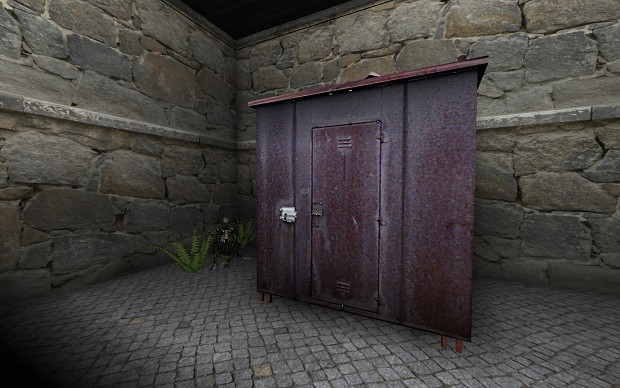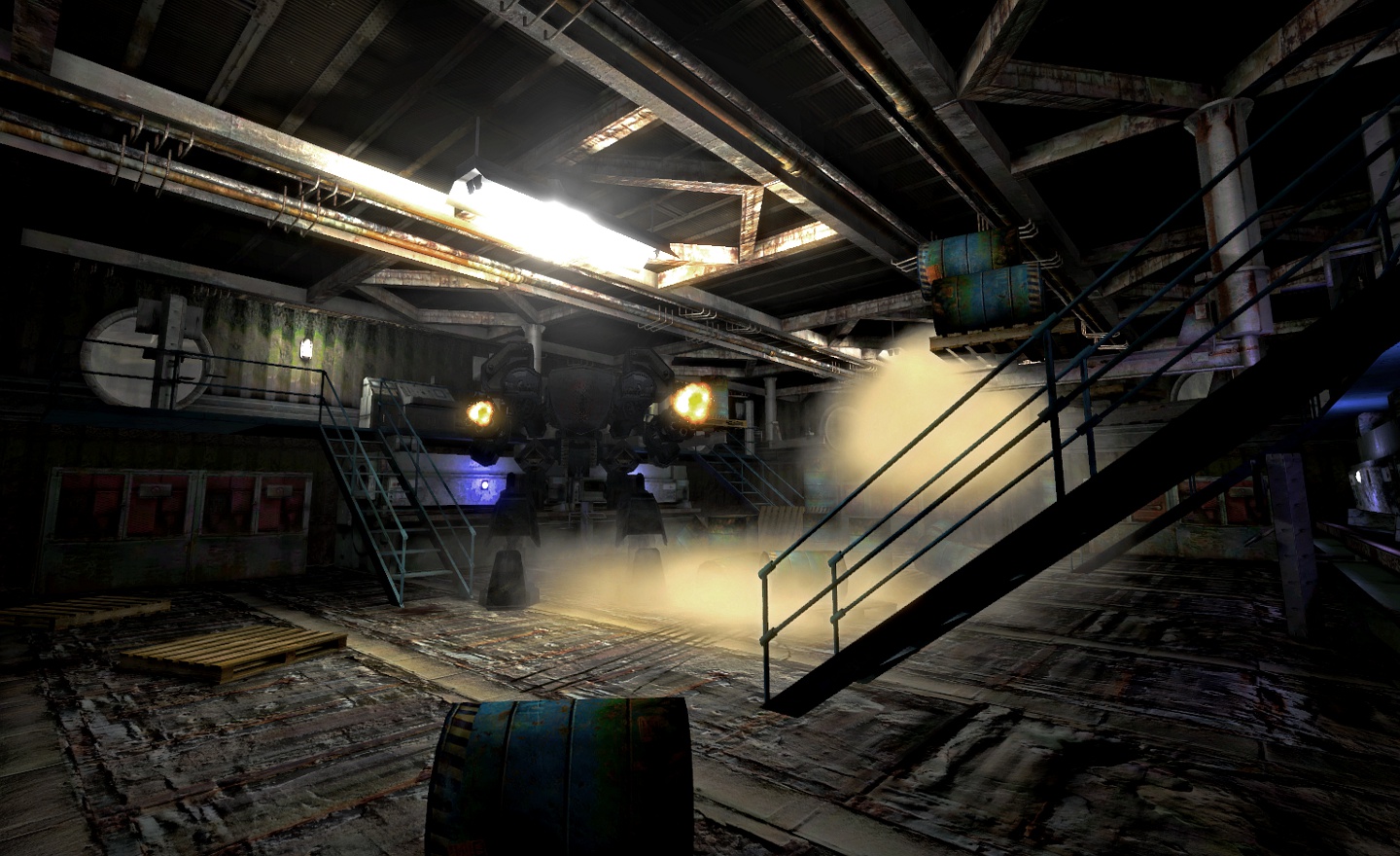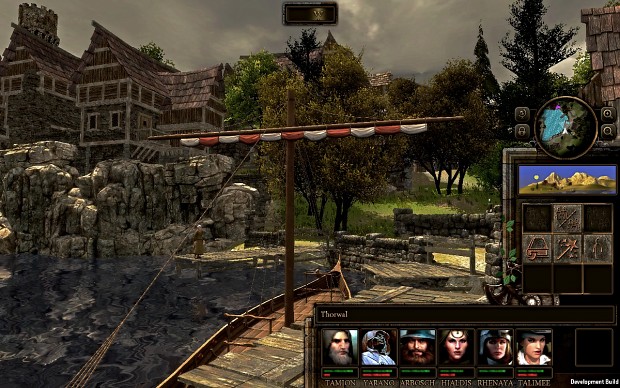When I started making games, there weren´t any engines around. I coded my first game in Basic 2.0 on my C64 - the only piece of software that could roughly be described as an "Engine" was a rather crude "Shoot ´em Up Construction Kit" then. However, although I didn´t use the SEUCK then, it was the first time someone made a tool to allow non-coders create games.
When I returned to the gaming business in 2003, there were already several engines around, built for the sole purpose to let others create games from small budget titles to AAA games. However, it was still common for most European teams to work either with their own engines or with such heavily modded / rewritten commercial engines that those could be called "almost custom". I worked at JoWooD, where Massives Aquanox Engine was used both for the Aquanox and the Spellforce games. One of my first big titles as part of the publishing team was Gothic 3, which was created upon a fabulously perverted genius Piranha Bytes special version of Gamebryo.
However, when it came to making my first own game as "Homegrown Games", a small Indie project called "Robert D. Anderson & the Legacy of Cthulhu", I tried several engines before sticking to something that was advertised as being as simple as a Construction Set - The First Person Shooter Creator. The result was a game that had such Intro, Outro and Cutscenes...
but looked ingame like that:

In the next years we made adventures with Wintermute, while I was assigned as Producer on Arcania (Gothic 4). I left the project after the "external Producer" assigned by the funding investement company demanded cuts in complexity and wanted to turn Gothic into a casual game, however, I learned a huge deal about the Vision Engine. When we started working on a sequel to Anderson, we first tried CryEngine 3 - which was not bad at all, but it was clearly designed for huge, lush, green outdoor envrionments and not for small-scale locations with dense horror. So we gave the UDK a try and created a Demo Level of Anderson 2 - Rise of Cthulhu. It looked pretty decent...

...but was never finished due to contractual issues. For Into the Dark, we went back to FPSC. In the meantime, FPSC had been heavily improved and became capable of things like that

but it still has some issues. The most annoying is, that people believe it´s actually clicking together a game without knowledge of coding and scripting or art pipelines. Yes, you can do that - but everything you create will look plain, ugly, and repetitive. If you want to make a real game in FPSC, you have to get your hands more dirty than in almost any other engine - you will have not only to write your own AI logic as fpi files, your own entitiy behaviour, your own fpe description files - you will also have to deal with an art pipeline that requires you to convert almost every model and texture from common commercial libraries before being able to use it ingame.
In UDK, even a well-trained chimp can click something together with the demo assets that looks like a AAA game. In FPSC, only a handful of people are capable to deliver something that looks really good. I am not one of those - I am satisfied when it looks "solid".
But check out Serygalas Work to see some true awesomeness!
You will asknow: Allright, UDK is really easy-going. But what about Unity?!
Ah, Unity. Well, right now I am producer and co-dev of the "Blade of Destiny" (Das Schwarze Auge: Die Schicksalsklinge) Remake. And, yeah, it´s done in Unity. And I really love the engine and the results the talented team at Crafty Studios is delivering:

So, I have to admit. we were heavily tempted to use Unity for "Into the Ice". And still it`s possible that we WILL use Unity Pro for our sequel to "Into the Dark". But it`s not very likely.
There is not much to see except of some shadow / shader rendering routines yet, but I have full trust in the capabilities of TGCs Coder Lee Bamber, I have full trust in the other team members at TGC helping him, and I have full trust and confidence in the capabilities of the awesome community that has kept FPSC alive for more than 7 years now - against all ods.
And, honestly, I really love seeing the kiddies crying around "Wah! FPSC! This can´t be good! This is not an engine!" when one of our games hits the shelves...
...again.

















The conversion process for FPSC sounds really annoying. One of Unity's best features imho is that it let's you import your assets out of the box, without saving UDK-like packages. Pro also comes with a toned down version of the best lightmapper (Beast) and has HDR support.
Only thing about it is you have to dig in and do a lot yourself. So, when you're saying: all depends on the game/love and dedication, I'd say you can't be more committed than using Unity's full potential (like the guys from Raindrop, e.g.).
I'd also say it really depends on how original your game is and what features can be done well enough in other engines/creators. Personally, I've tried CrySDK, Unity and UDK and still like UDK the most, simply because I use it the most. So that may be the reason, why you lean towards FPSC yourself. It's a habitual thing and as long as it does what you need, go with it!
"Personally, I've tried CrySDK, Unity and UDK and still like UDK the most, simply because I use it the most. So that may be the reason, why you lean towards FPSC yourself. It's a habitual thing and as long as it does what you need, go with it! "
Sir, I guess you nailed it perfectly!
Due to my job I am forced to be fluent in all common engines, but I always use FPSC if there is some idea or GDD draft to prototype - so yes, 60% of my in-engine time is FPSC. And you are perfectly right.